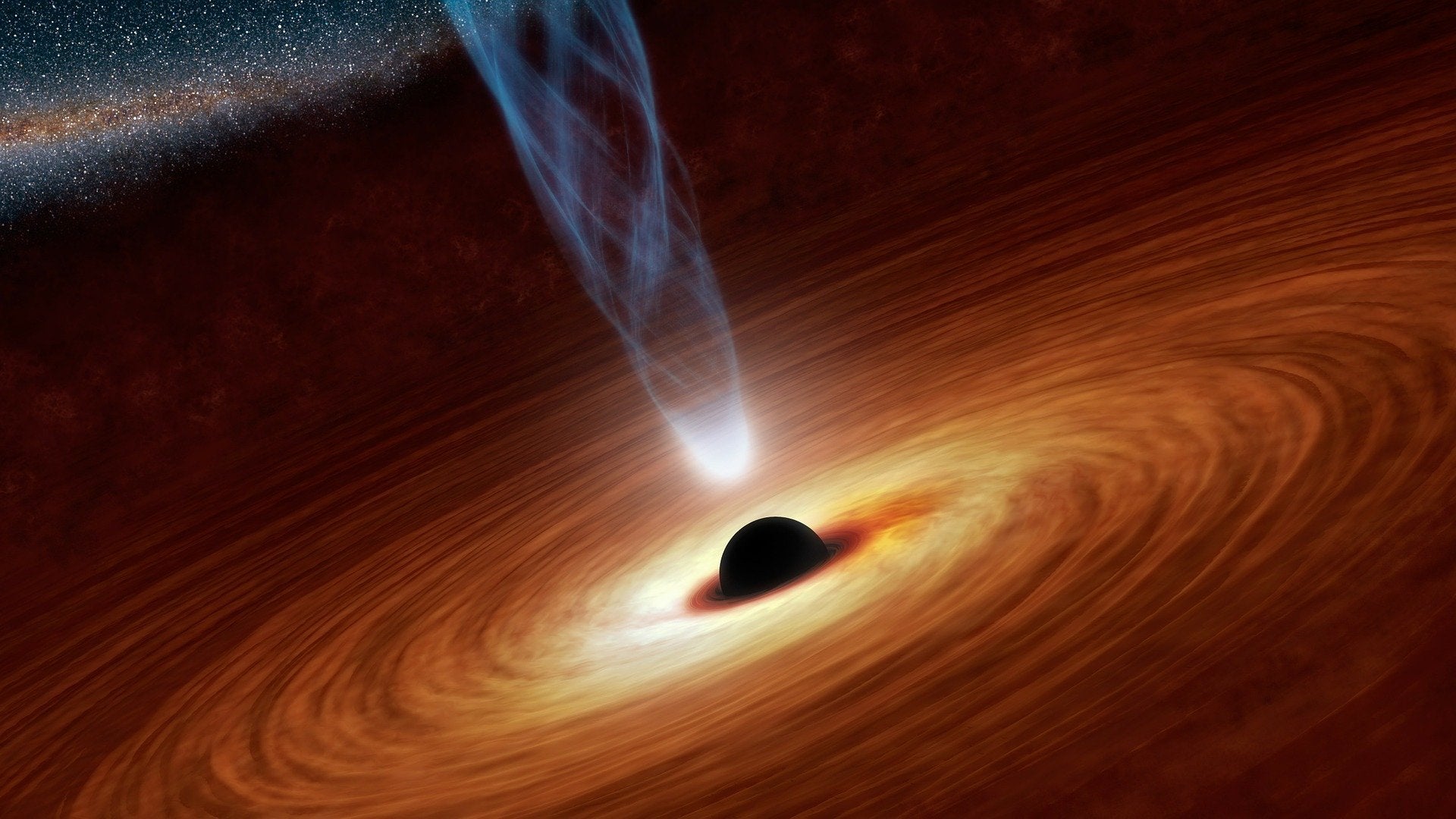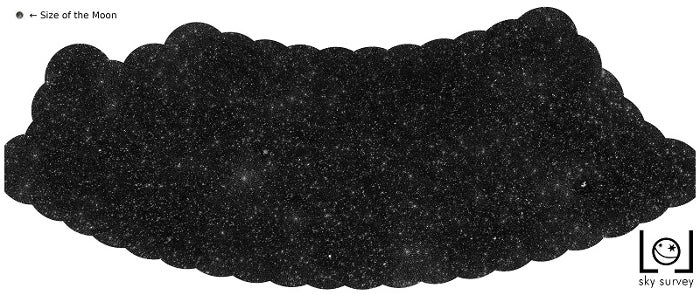Astronomers track over 25,000 supermassive black holes making most detailed map of its kind
The map covers four per cent of the northern half of the sky

Your support helps us to tell the story
From reproductive rights to climate change to Big Tech, The Independent is on the ground when the story is developing. Whether it's investigating the financials of Elon Musk's pro-Trump PAC or producing our latest documentary, 'The A Word', which shines a light on the American women fighting for reproductive rights, we know how important it is to parse out the facts from the messaging.
At such a critical moment in US history, we need reporters on the ground. Your donation allows us to keep sending journalists to speak to both sides of the story.
The Independent is trusted by Americans across the entire political spectrum. And unlike many other quality news outlets, we choose not to lock Americans out of our reporting and analysis with paywalls. We believe quality journalism should be available to everyone, paid for by those who can afford it.
Your support makes all the difference.Astronomers have published a map of the sky showing 25,000 black holes - the most detailed of its kind ever produced.
The map uses low radio frequencies, built from data from 52 stations across nine continents.
It covers an astounding four per cent of the northern half of the sky, but the scientists do not intend to stop until the entire sky has been mapped.
While the bright specs appear to be stars they are in fact supermassive black holes, with each one located in a distant galaxy.
“This is the result of many years of work on incredibly difficult data. We had to invent new methods to convert the radio signals into images of the sky”, research leader Francesco de Gasperin said in a statement.

Making the map was not easy; the ionosphere that surrounds the Earth - a layer of free electrons that clouds telescopes - makes it difficult to track the black holes.
“It’s similar to when you try to see the world while immersed in a swimming pool”, explains co-author Reinout van Weeren.
“When you look up, the waves on the water of the pool deflect the light rays and distort the view”,
In total, it took 256 hours of observations to make the map, and advanced equipment was needed to clear up the picture.
Supercomputers used by the researchers engaged algorithms to correct the effect of the ionosphere every four seconds.
“After many years of software development, it is so wonderful to see that this has now really worked out”, Huub Röttgering said.
The research has been accepted for publication in Astronomy & Astrophysics.
Join our commenting forum
Join thought-provoking conversations, follow other Independent readers and see their replies
Comments